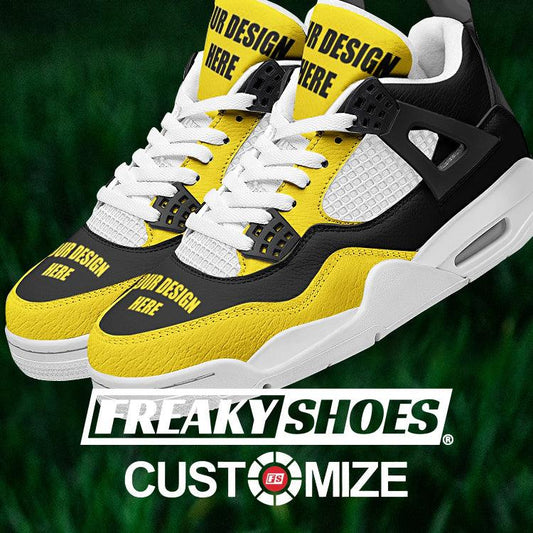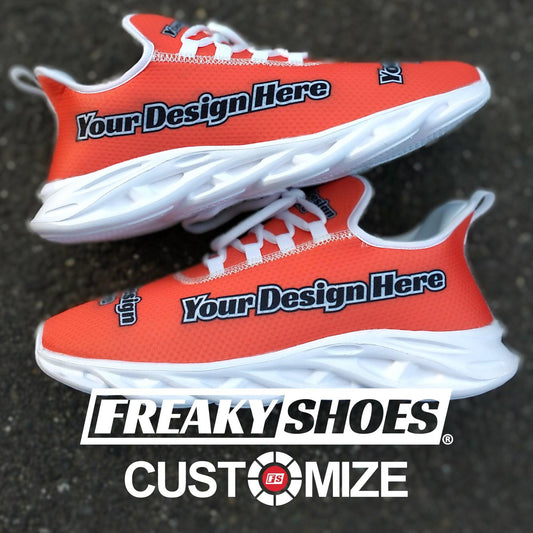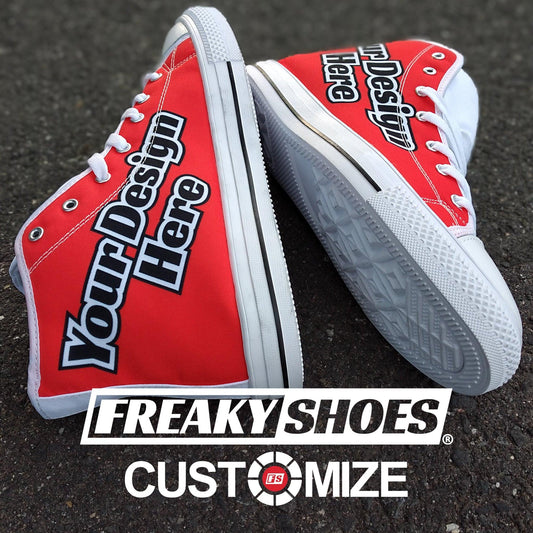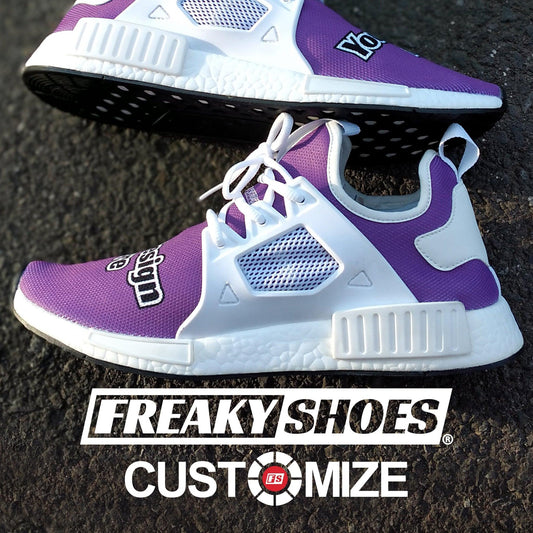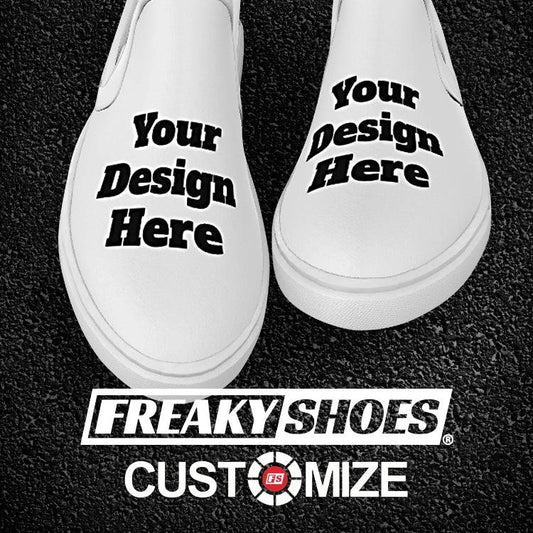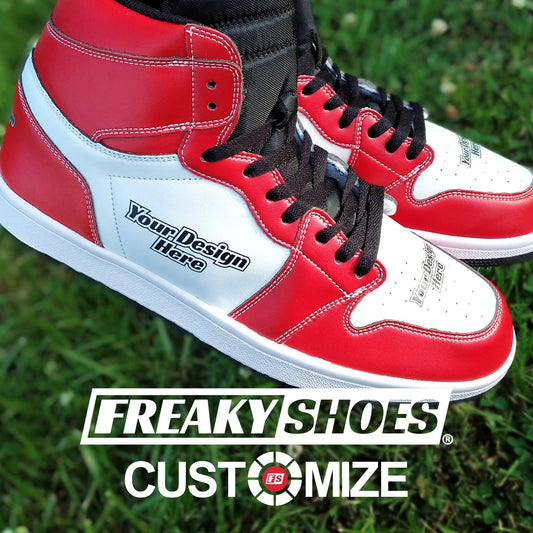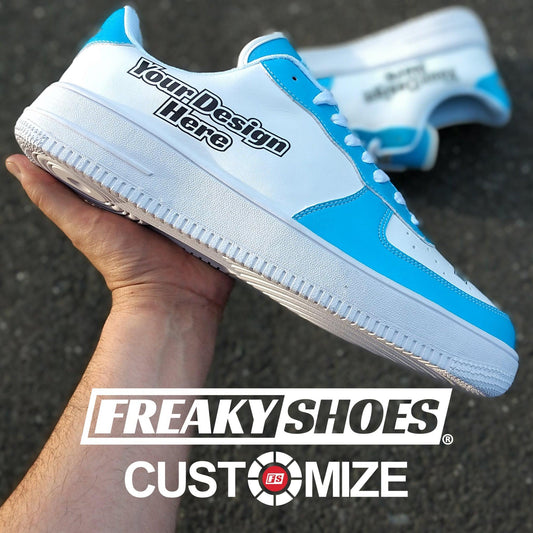Shoe terminologies can be challenging to understand and remember. Take 2E for example, what does it mean? Is it the same as the E or 3E sizing?
You should know that:
2E in shoe sizing means an extra wide fit; these shoes have more room for people with wider feet. They provide extra space across the ball of the foot and are a suitable fit for those who need more width. Plus, these shoes are ideal for people looking for footwear that doesn't constrict their feet and allows for natural movement.
Other than 2E, there are so many other shoe width sizing options, starting from AAA to EEE. In the following guide, we will explore more about 2E and other width sizing in footwear, so stick to the end!
What Does 2e Mean in Shoe Sizing?

2E or EE is a popular term in the shoe industry, referring to the width of the shoe. These levels are used by shoe manufacturers to inform the buyer about the sizing of the shoe. 2E, in this context, comes between the E and EEE sizes and is suitable for significantly wide feet.
Hence, The "2E" width is an indication of a wide shoe. In the standard shoe width scale, "D" typically stands for medium or regular width. When you see "2E," it signifies that the shoe has extra width, providing more room for the foot. This additional space is particularly beneficial for people with wider feet or those who prefer a bit more room in their shoes.
Another important thing to note about this sizing is that shoes with 2E width are not that popular. It's because not many people have extra wide feet and only those in sports with special foot conditions go for such extra wide shoes.
So, shoes with 2E width are also not stocked in every store; you can only find them in specialty stores or online shops that sell extra-wide footwear.
What Does 2E Mean Numerically?
In shoe sizes, "2E" is a numerical code that tells about the width of the shoe. When you see "2E," it means the shoe is wider than the regular ones labeled "D."
Moreover, the number "2" in "2E" means that it's the next level of width after the standard medium. This wider fit, indicated numerically by "2E," is designed for people with broader feet or those who like more room in their shoes.
It's important to note that the shoe industry uses various width indicators, and the specific symbols or letters can be different between brands. However, the numerical system, like "2E" for wide, is a universal standard out of the nine standard shoe sizing.
So, in simple terms, if you're looking for shoes with a bit of extra space, the "2E" size will probably be the right fit and your feet will feel comfortable with every step you take.
Is 2E the Same as E or EEE Shoe Sizing?
The E size is the standard indication of "wider shoes". But many people confuse it with 2E or 3E, so is there any difference?
There is... because "2E" is not the same as "E" or "EEE." Each letter or number represents a different width and takes the width of the shoe to another level.
In this width scale, "D" stands for medium or regular width. So, if you see just "E," it means the shoe is wider than the regular or medium width. Now, "2E" takes it a step further; it's wider than "E" with even more room for your feet. And after that comes the "EEE" which is even wider than "2E," so it's the widest option in this scale.
To make it easy to remember: "D" is regular, "E" is wider, "2E" is even wider, and "EEE" is the widest. These are different levels of width among the nine universal width standards to help people find the right fit for their shoes.
E Vs. EE Vs. EEE Comparison Table
To help you easily remember the difference between E, EE, and EEE shoe sizing, here is a comparison table:
|
Shoe Width |
Description |
Fit |
|
D |
Medium or Regular Width |
Standard Fit |
|
E |
Wide Width |
Extra Room for Comfort |
|
2E / EE |
Extra Wide Width |
More Room for Enhanced Comfort |
|
3E / EEE |
Extra Wide Width |
Maximum Room for Comfort |
What are The Nine Standards of Shoe Width Sizes?
Generally, there are nine standards for width sizing in shoes; these standards are universally acknowledged and help you get the right fit for your feet. They start with AAA and end on EEE, each level is a bit wider than the previous one:
- AAA / 3A
- AA / 2A
- A
- B
- C
- D
- E
- EE / 2E
- EEE / 3E
Let's explore these width levels in footwear in detail here:
AAA (3A)
Starting with the narrowest width, AAA (also represented as 3A) is for people with slim or very narrow feet. These shoes provide a snug fit that supports slender foot shapes.
AA (2A)
Slightly wider than AAA, AA (also written as 2A) is for those with narrow feet. While not as slim as AAA, AA width offers a slender fit for people looking for shoes that provide a bit more room than the narrowest option.
A
The A width is designed for those with a narrow-to-regular foot width. It offers a balanced fit and gives a bit more room than AA while still maintaining a narrow profile. This width is suitable for those who need a comfortable yet slender fit.
B
The B width, often referred to as medium or regular width, is the most common width for shoes. It is good for the average foot width and offers a comfortable fit for people with a standard foot shape. Moreover, this width is considered the baseline for many shoe styles, so it is most popular in the shoe industry.
C
Slightly wider than the standard B width, the C width offers a bit more room for people with a wider foot shape. It's a great option for those who find B width shoes a little snug but don't require a wide fit.
D
Representing a wider fit, D width is considered wide or medium-wide. It is great for people with broader feet and offers additional space for comfort. Many shoes, especially athletic and casual styles, are available in D width.
E
This is where the wide shoes begin, as E width is designed for those with wider feet. It provides extra room compared to D width, offering a more spacious fit for added comfort. E width is also a popular choice for people with moderately wide feet.
EE (2E)
EE (also indicated as 2E) width offers an even broader fit. It is great for people with wider-than-average feet, providing sufficient room for comfort. Moreover, EE width is commonly available in various shoe styles.
EEE (3E)
This is the widest fit among standard options; EEE (also denoted as 3E) is designed for people with significantly wider feet.
It offers maximum room for comfort and is ideal for those seeking generous width in their shoes. Plus, it is not that common, so shoes with EEE size can be found only in specialty stores.
Comparison Table – All Nine Width Standards
Here is a table to help you quickly understand the nine standards of shoe width sizes:
|
Width Standard |
Description |
Fit |
|
AAA (3A) |
Slimmest width, for very narrow feet |
Snug fit, embraces slender foot shapes |
|
AA (2A) |
Narrow width, for those with slim feet |
Slender fit with a bit more room |
|
A |
Narrow-to-regular width |
Balanced fit for narrow-to-regular feet |
|
B |
Medium or regular width |
Most common width, comfortable for standard feet |
|
C |
Slightly wider than B, for wider feet |
Offers more room than B without being wide |
|
D |
Wide or medium-wide |
Provides additional space for broader feet |
|
E |
Wide |
Extra room compared to D, suitable for wider feet |
|
EE (2E) |
Extra wide |
Even broader fit, ideal for wider-than-average feet |
|
EEE (3E) |
Widest standard fit |
Maximum room for significantly wider feet |
How to Measure The Width of Your Shoes?
The key to buying the right-fitting shoes is to know how wide your feet are. Here are some simple steps to measure it accurately:
- First, gather a ruler or measuring tape, a piece of paper, and a pen or pencil. Also, find a flat and even surface to stand on.
- Place the paper on the floor and stand with your feet shoulder-width apart on it.
- Measure the widest part of your foot, usually across the ball of your foot. Keep the ruler perpendicular to the floor, touching both sides of your foot.
Write down the measurement in centimeters or inches; this represents your foot width.
If you're eyeing shoes from a particular brand, check their sizing chart. These charts typically feature a range of widths like A, B, C, D, and E, corresponding to specific measurements. This step ensures you select the right width when picking out your shoes, making the process smoother and ensuring a comfy fit.
Looking for Perfectly Fit & Customizable Shoes? Check FreakyShoes Now!
Wearing the right fit is important for a comfy feeling, and now you know how to get the right-fitting shoes. But what if you get to even design your shoes?
FreakyShoes has made it really easy to customize your shoes. All you have to do is visit FreakyShoes.com and select any sneaker style. Then, clicking on the “Customize Now” button will take you to the creativity room where you can design your own shoes!












